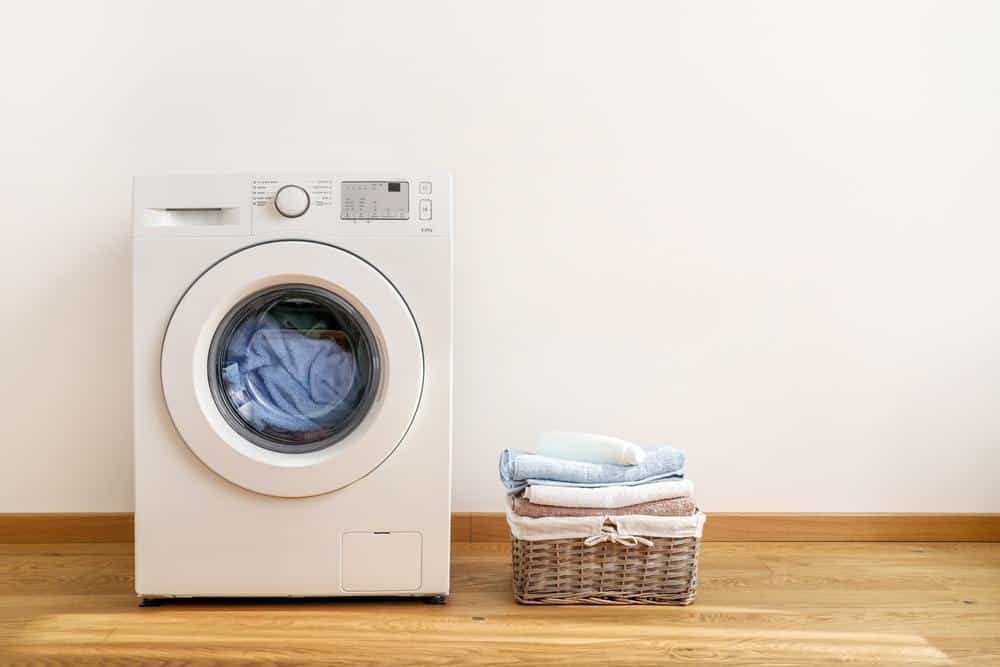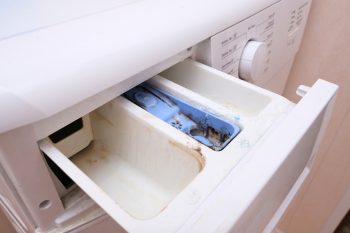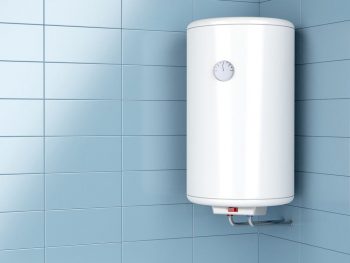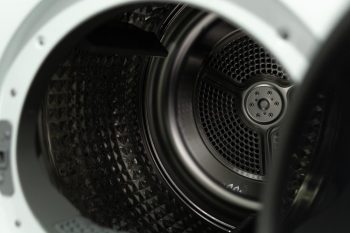
In the world of home appliances, washing machines have seen a significant evolution over the years. From simple machines that merely agitated clothes in soapy water to sophisticated machines with advanced features and settings, washing machines have come a long way. One such feature that has gained popularity in recent years is the ‘Deep Water Wash’ found in some Whirlpool washers. But what exactly is this feature, and how does it work? In this comprehensive guide, we’ll delve into the details of the Deep Water Wash feature, its benefits, potential downsides, and how best to utilize it.
The ‘Deep Water Wash’ on a Whirlpool washer is a wash cycle designed for heavily soiled clothes and sturdy fabrics. It works by filling the washer to the maximum water level, unlike other cycles that adjust water level based on load size. The additional water, combined with robust wash action, effectively breaks down and rinses away tough dirt and grime. It’s especially useful for items like towels and jeans.
Understanding ‘Deep Water Wash’
The ‘Deep Water Wash’ feature on a Whirlpool washer is a specific wash cycle designed for heavily soiled clothes and sturdy fabrics. This feature is particularly useful for items such as towels and jeans. The washer uses additional water in combination with robust wash action to effectively break down and rinse away everyday tough messes.
When the ‘Deep Water Wash’ option is selected, the washer fills to the maximum water level. This is different from other cycles where the washer senses the size of the load and adds the correct amount of water for the load size. The additional water is vital for breaking up and removing deeply embedded dirt and grime, which would require several standard washes for the same results.
The ‘Deep Water Wash’ cycle begins by filling the washer with enough water to wet down the load before the wash cycle starts. Then, it uses a higher water level than other cycles. The washer will then move the load briefly, pause to allow water to soak into the load, and resume adding water. This process may repeat until the correct amount of water has been added to the load.
Benefits of Using the ‘Deep Water Wash’ Feature
The ‘Deep Water Wash’ feature provides several advantages:
- Better Cleaning: The larger water level allows for better agitation and thorough cleaning of clothes.
- Enhanced Rinse Cycle: The larger water volume ensures detergent residues are effectively flushed away.
- Automated Adjustments: This cycle performs the necessary adjustments to the load automatically.
- Deep Cleaning: This feature is particularly useful for deep cleaning heavily soiled garments.
However, it’s important to note that using the ‘Deep Water Wash’ feature for every wash cycle may not be necessary or practical. It is recommended to assess the specific needs of each load and use this feature selectively to achieve the best results.
Comparing ‘Deep Water Wash’ to Other Features
Deep Water Wash is designed to provide a thorough clean for heavily soiled items by using a higher water level. This is in contrast to front-loading washers, which typically use less water and rely on a tumbling action to clean clothes. However, top-loading washers with the Deep Water Wash feature can provide a more effective cleaning solution for heavily soiled items by using additional water and robust wash action.
Potential Downsides of ‘Deep Water Wash’
While the ‘Deep Water Wash’ cycle can be beneficial for certain heavily soiled or mixed loads, it’s important to be mindful of its potential downsides:
- Increased Water Usage: This cycle uses more water than standard cycles.
- Extended Wash Time: Due to the increased water level, the wash cycle may take longer to complete.
- Space Requirements: This cycle requires sufficient space in the washing machine drum for the increased water level.
Maximizing the Use of ‘Deep Water Wash’
To get the most out of this feature, follow these tips:
- Use it for heavily soiled items.
- Load items evenly.
- Use the right detergent.
- Don’t overuse the feature.
- Follow the manufacturer’s instructions.
In conclusion, the ‘Deep Water Wash’ feature on a Whirlpool washer is designed to provide a thorough cleaning for heavily soiled items by using additional water and robust wash action. While it does lead to increased water and energy usage, it can be beneficial for specific laundry needs. Always remember to use this feature judiciously, considering the specific needs of each load, to maintain efficiency in water and energy usage.
Frequently Asked Questions
Can I use the ‘Deep Water Wash’ feature for delicate fabrics?
No, the ‘Deep Water Wash’ feature is not recommended for delicate fabrics as the robust wash action may damage them. It’s best suited for heavily soiled clothes and sturdy fabrics like towels and jeans.
Is the ‘Deep Water Wash’ feature available on all Whirlpool washers?
No, the ‘Deep Water Wash’ feature is not available on all Whirlpool washers. It’s primarily found on some top-loading models. Always check the specifications of your model to determine if this feature is available.
Does the ‘Deep Water Wash’ use more energy as well as more water?
Yes, the ‘Deep Water Wash’ feature uses more energy as well as more water. This is because the washer needs to heat and agitate the additional water, which requires more energy.
Can I use the ‘Deep Water Wash’ feature for small loads?
While it’s technically possible to use the ‘Deep Water Wash’ feature for small loads, it’s not recommended. This feature is designed for larger, heavily soiled loads. Using it for small loads could lead to excessive water and energy usage.
What type of detergent should I use with the ‘Deep Water Wash’ feature?
You can use any high-efficiency (HE) detergent with the ‘Deep Water Wash’ feature. However, it’s always best to refer to the manufacturer’s instructions for specific recommendations.












